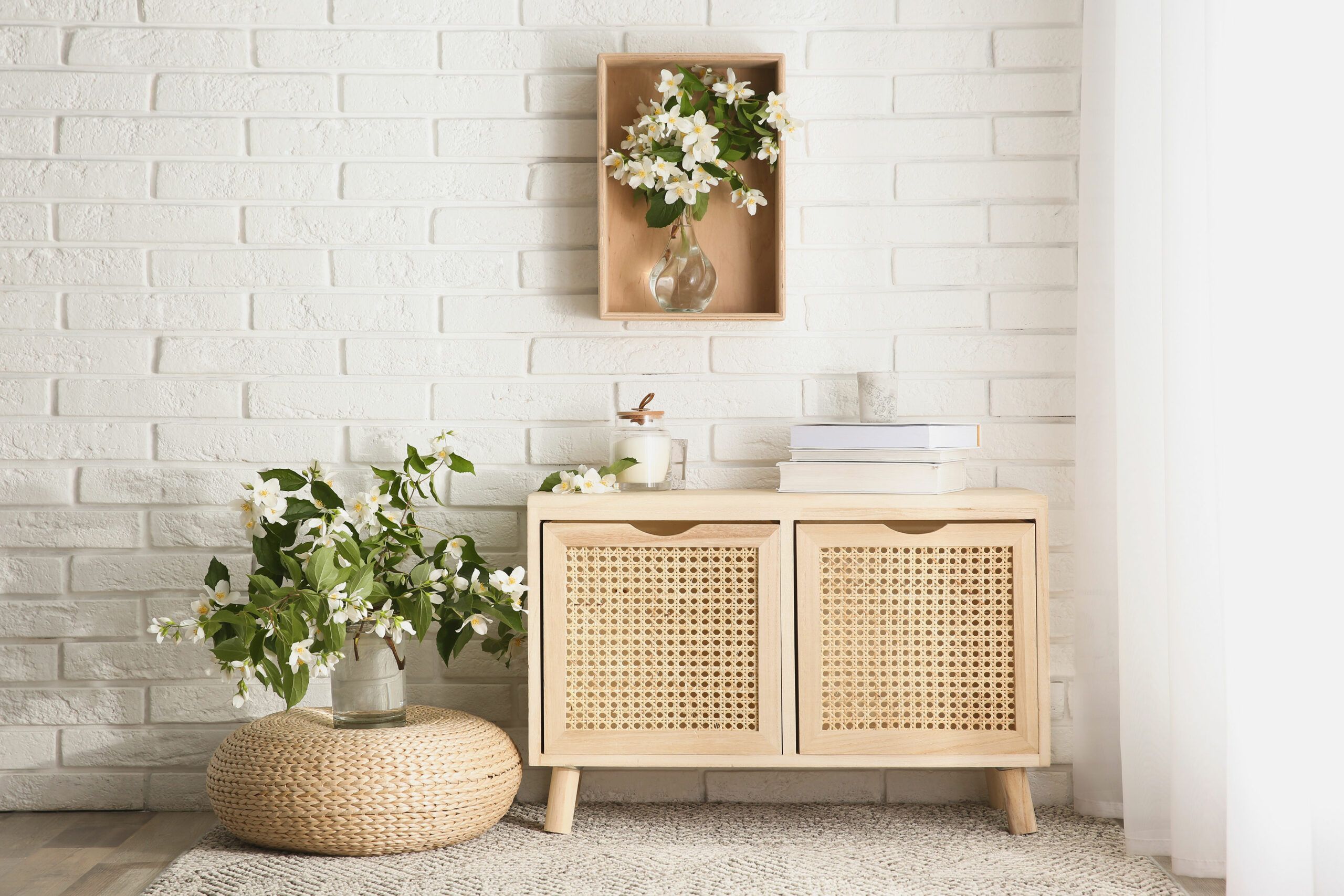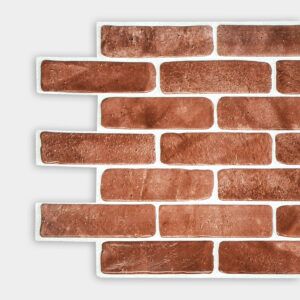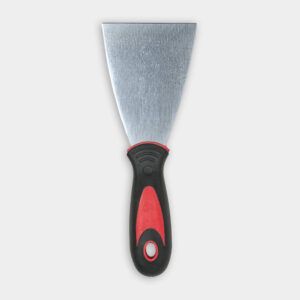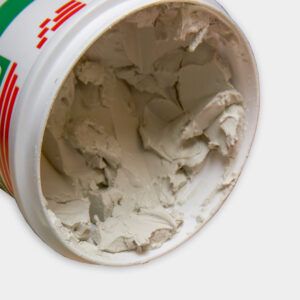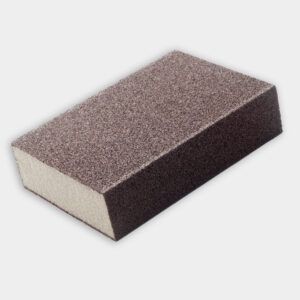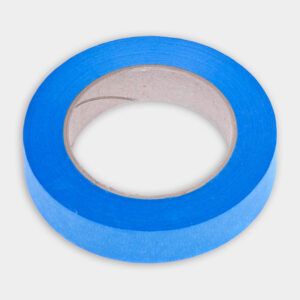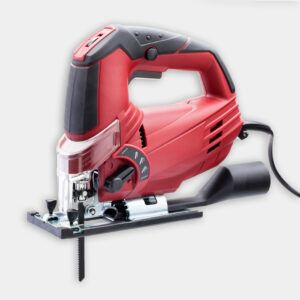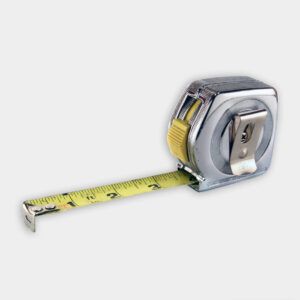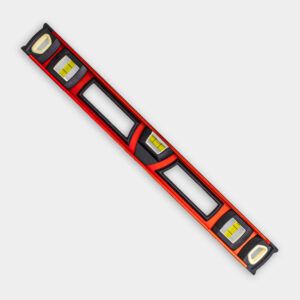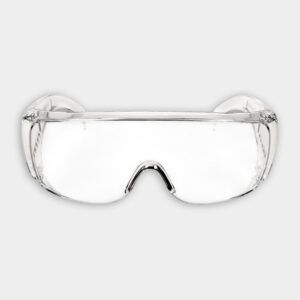We may be compensated if you purchase through links on our website. Our team is committed to delivering honest, objective, and independent reviews on home products and services.
Exposed brick walls add character and charm to any home, but not everyone is lucky enough to have them. The good news is you can create a faux brick wall for yourself, achieving that coveted industrial or rustic look without the need for major renovations. This guide will walk you through two popular methods for creating a DIY faux brick wall: using brick veneer (thin brick) and installing faux brick panels. We’ll cover everything from preparation to finishing touches, helping you transform your space with a realistic brick aesthetic.
Understanding Faux Brick Options
Before diving into the installation process, it’s important to understand the two main options for creating a faux brick wall: brick veneer and faux brick panels. Each method has its own advantages and considerations, allowing you to choose the best fit for your project.
Brick Veneer (Thin Brick)
Brick veneer, also known as thin brick, consists of thin slices of real brick that are applied directly to your wall. This option offers the most authentic look and texture, as it uses actual brick material. Thin bricks are typically about 1/2 to one inch thick, making them lighter and easier to install than full bricks. They provide a realistic appearance and can be grouted like real brickwork.
Faux Brick Panels
Faux brick panels are large sheets designed to mimic the look of brick. These panels are usually made from materials like hardboard, foam, or polyurethane. They come in various sizes, with 4×8-foot sheets being common. Faux brick panels are lightweight, easy to install, and can be a more budget-friendly option. While they may not offer the exact texture of real brick, high-quality panels can provide a convincing look.
Preparing Your Wall for Faux Brick Installation
Getting your wall ready is an important first step. This stage ensures your wall is ready to receive the new material and sets the foundation for a successful installation.
Assess the Wall’s Condition
Before starting, examine your wall carefully. Repair any holes or dents with joint compound, using a putty knife and sanding block to create a smooth surface. This step is crucial for both brick veneer and panel installations, as imperfections in the base wall can affect the final appearance of your faux brick.
Remove Obstacles
Remove all electrical outlet covers, switch plates, and any nails used for hanging pictures. This will allow for a clean installation and ensure that your faux brick can be applied directly to the wall surface. Remember to turn off the power to any electrical outlets or switches in the work area for safety.
Create a Reference Line
A reference line will guide your first course of bricks or panels, ensuring everything remains level and aligned. Use a laser level or spirit level to draw a horizontal line across the wall. If your floors or walls are significantly out of level, consider using a chalk line to create a straight reference that follows the room’s contours for a more natural look.
How To Apply Brick Veneer to a Wall
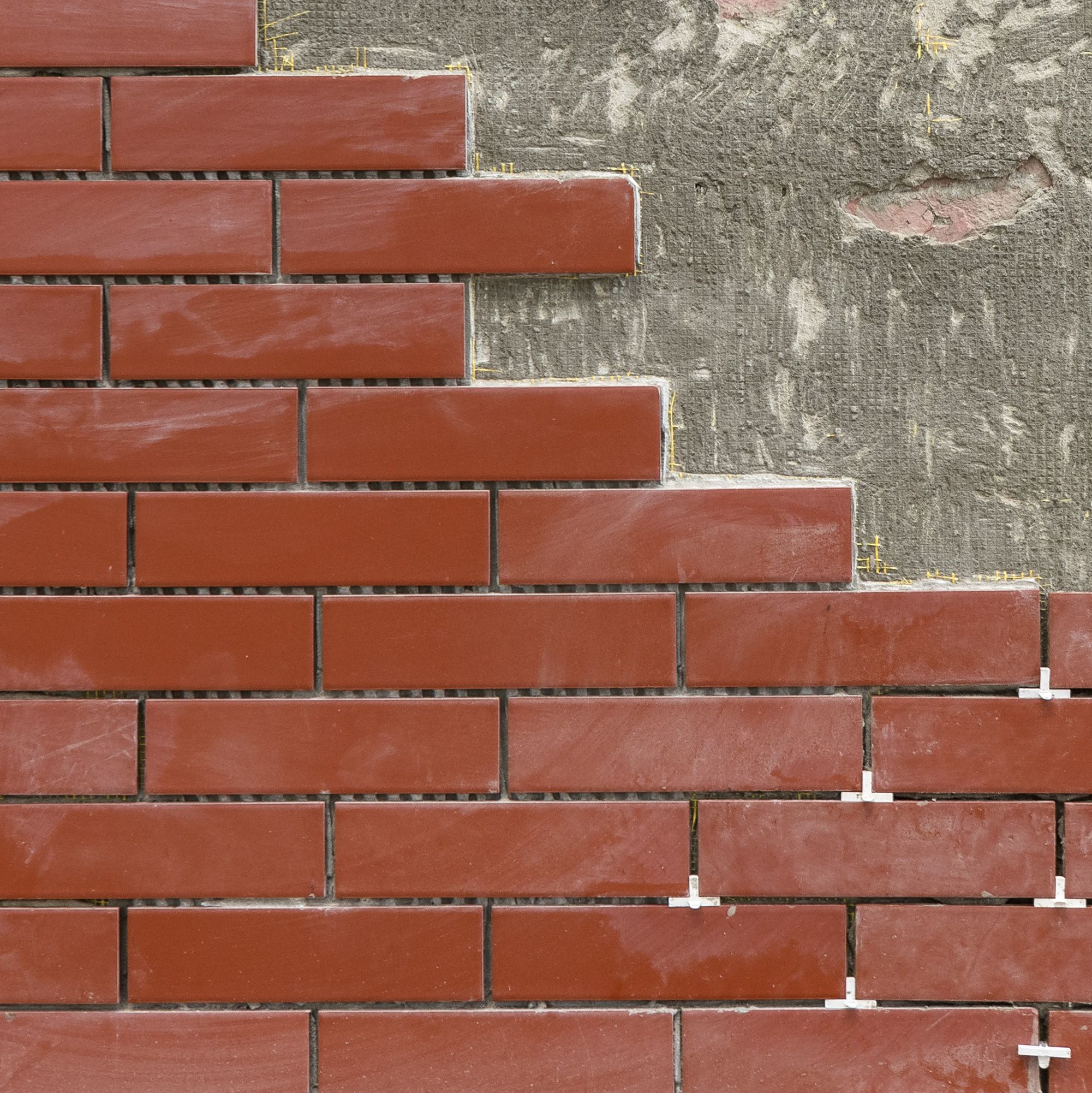
Step 1: Apply the first course
Using the caulk gun with construction adhesive, squeeze a zig-zag pattern of adhesive on the back of each brick before applying them along the reference line. Check to ensure they’re straight (not necessarily level).
Use the grinder fitted with a masonry wheel to cut any bricks to shape or length for corners, outlets, and other areas where a full brick won’t fit. Be sure to wear safety glasses while cutting.
Step 2: Apply the following courses
Once the first course (row of bricks) is laid, use the same technique for the following courses. Stagger the joints so the center of each new brick is directly over a joint below it. Be sure to use a tile spacer between each brick to form consistent, even joints. Wait for the wall to dry.
Step 3: Apply mortar mix between the joints
Use the bucket, paddle mixer, and drill to combine the mortar mix and water according to the directions on the bag. Scoop the mortar mix into the mortar bag with a trowel. Using even pressure, place the tip between the bricks and squeeze the mortar mix into the joint. Use the jointing tool to smooth joints for an exposed-brick wall look.
How To Install Faux Brick Paneling
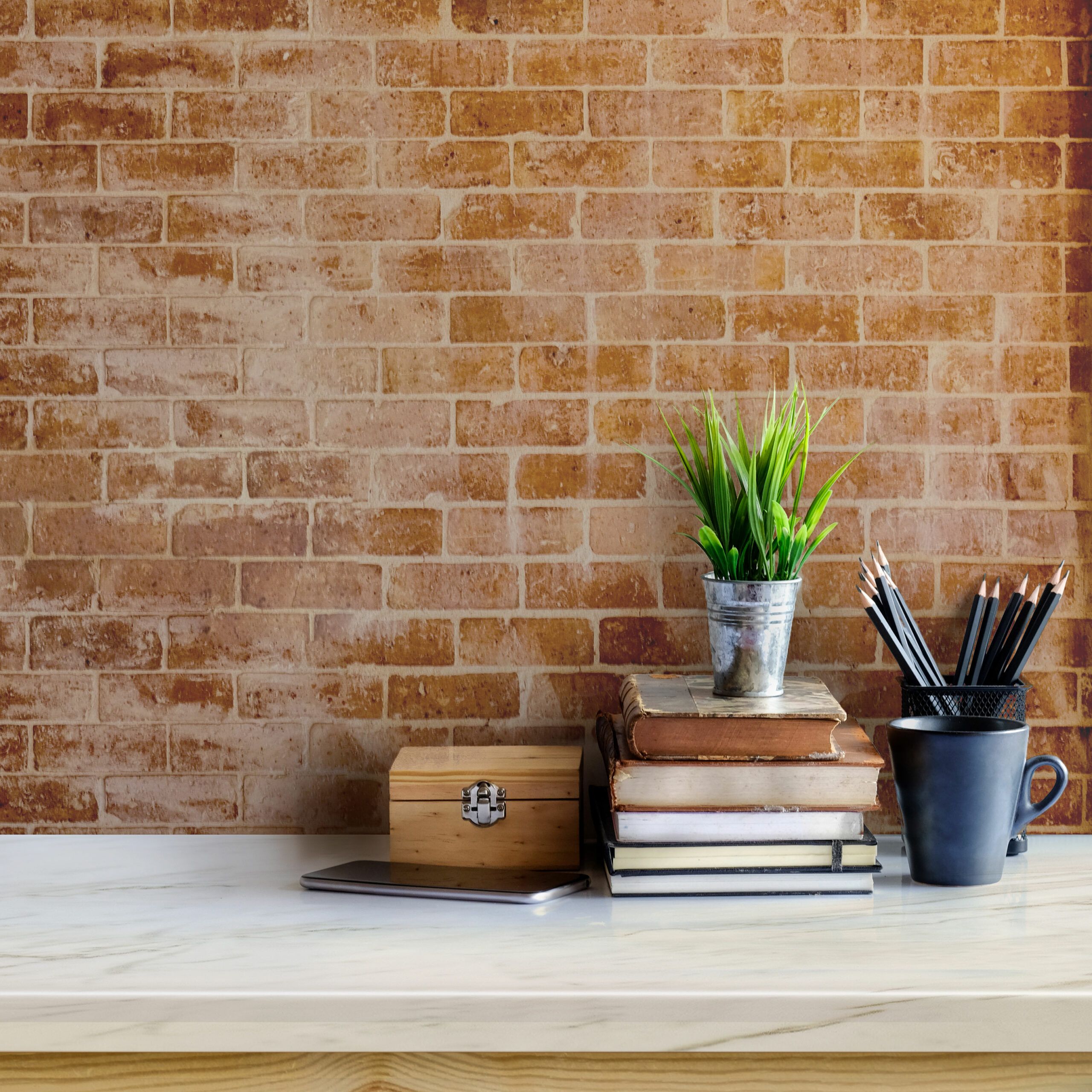
Step 1: Prepare the walls
Run a strip of painter’s tape along the floor and ceiling adjacent to the wall. Use a stud finder to locate all the wall studs and make corresponding marks on both strips of tape.
Step 2: Create a straight line
Faux brick panels either come in small sections or large 4×8 sheets. Regardless of the panels you choose, they need to be straight and consistent to look good. For smaller panels, use a laser level or spirit level to create a horizontal line to indicate the starting height of the first course of panels. For larger panels, use a level to create a plumb line 48 inches from the adjacent wall.
If your walls, floor, or ceiling are significantly out of level, it might look better to follow the slope. You can still create a straight line by measuring and snapping a chalk line across the wall.
Step 3: Cut and test-fit the panel
Measure the location of the first panel and cut it to size with a circular saw. If there are any outlets or electrical boxes, take careful measurements and transfer them to the panel before cutting them out with a jigsaw or multi-tool. Test-fit the panel to ensure it fits as it should.
Step 4: Apply adhesive to the back of the panel
While most faux brick paneling is light, construction adhesive or panel adhesive helps keep it secure. Use the caulk gun to squeeze a bead up and down the back of the panel. Be careful not to get within 1½ inches of the edge, or it will seep out when installed.
Step 5: Install the panel
Carefully align the panel with the reference line and any outlets or switches before pressing it against the wall. Once in place, drive staples through the panel and into the studs. If possible, staple into the faux grout lines, as the staples will blend in better with grout than with the red faux bricks.
Step 6: Continue down the wall
Align the next panel with the edge of the previous panel or level mark. It’s critical that the seams between the panels be as tight as possible and that the bricks appear aligned, so take care to get this right. Measure for any outlets or switches and transfer the measurements to the new panel for cutting before installing it on the wall and moving to the next panel.
If you’re careful when aligning the seams and stapling, no one will be able to tell that the exposed brick paneling isn’t the real deal. So hang a few pictures, get the room in order, and kick back while enjoying your new faux exposed brick wall.
Finishing Touches for Your Faux Brick Wall
The finishing touches can make a significant difference in the realism and overall appearance of your faux brick wall. These steps help complete the look and protect your new wall.
Grouting Brick Veneer
For brick veneer installations, apply mortar mix between the bricks using a mortar bag. Squeeze the mortar into the joints, then use a jointing tool to smooth and shape the grout lines. This step adds depth and authenticity to your faux brick wall.
Sealing Panel Seams
For faux brick panels, focus on concealing the seams between panels. Use caulk that matches your faux brick color to fill any visible seams. Once dry, you can touch up with paint if necessary to blend the seams seamlessly with the panel design.
Adding Distressed Effects
To enhance the realistic appearance of your faux brick wall, consider adding distressed effects. This can involve lightly sanding certain areas, applying a wash of watered-down paint, or using a sponge to add subtle color variations. These techniques can give your wall an aged, authentic look.
Tools and Materials Needed for Faux Brick
Having the right tools and materials on hand before starting your project will ensure a smooth installation process. Here’s what you’ll need for each method:
For Brick Veneer Installation
- Thin brick tiles (veneers)
- Construction adhesive
- Mortar mix
- Mortar bag
- Grout
- Tile spacers
- Level or laser level
- Grinder with masonry wheel
- Trowel
- Jointing tool
- Safety glasses and dust mask
For Faux Brick Panel Installation
- Faux brick panels
- Construction adhesive or panel adhesive
- Circular saw
- Jigsaw or multi-tool
- Staple gun and staples
- Caulk and caulk gun
- Level or laser level
- Measuring tape
- Pencil
- Safety glasses
Maintenance and Care Tips for Your Faux Brick Wall
To keep your faux brick wall looking its best, regular maintenance is key. Dust the wall periodically with a soft brush or vacuum attachment. For brick veneer, avoid using harsh chemicals that could damage the mortar. Faux brick panels can typically be cleaned with a damp cloth. If your wall is in a high-traffic area, consider applying a clear sealant to protect it from wear and tear.
Comparing Faux Brick To Real Brick
While faux brick can create a stunning visual effect, it’s not exactly the same as real exposed brick. Here are some things to keep in mind before you install faux brick in your home.
Aesthetic Differences
Real exposed brick offers unmatched authenticity in texture and variation. However, high-quality faux brick options can come very close in appearance, especially from a distance. Faux brick allows for more control over color and pattern consistency, which can be an advantage in some design schemes.
Cost Considerations
Faux brick is generally more affordable than exposing real brick or installing new brickwork. The cost of materials and installation for faux brick is typically lower, and it doesn’t require the structural considerations that real brick does. Faux-brick veneer typically costs between $4 and $10 per square foot, while brick paneling costs between $6 and $11 per square foot, according to Angi.
Installation Complexity
Installing faux brick is significantly less complex and time-consuming than working with real brick. It doesn’t require the specialized skills of masonry and can often be completed as a DIY project. Real brick installation or exposure, on the other hand, usually requires professional expertise and can involve major construction work.
Our Conclusion
Creating a DIY faux brick wall is an excellent way to add character and warmth to your home without the cost and complexity of real brick. Whether you choose brick veneer for its authenticity or faux brick panels for their ease of installation, both methods can yield impressive results when done carefully.
